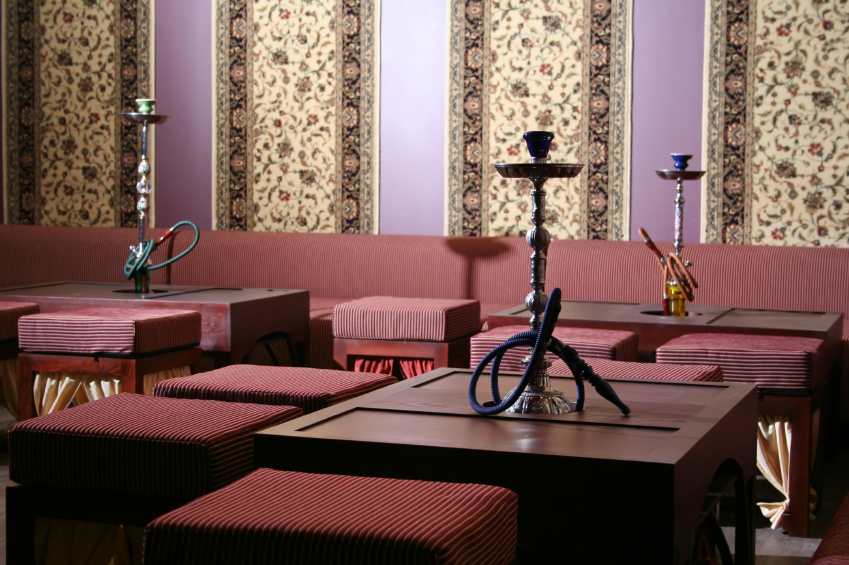Shisha, Hookah, and Waterpipe Tobacco Smoking: Health Effects, Patterns of Use and Policy Implications
A waterpipe (also called hookah, shisha, nargileh), is a device consisting of a bowl, water jar and hoses. Flavored tobacco (or mu’assel) is heated by charcoal, and users inhale tobacco smoke through the water and into their lungs. Since the smoke is cooled by the water, it feels less irritating to the trachea and is thus easier to use and to become addicted to. Thus, waterpipe tobacco smoking is perceived to be less harmful than combustible cigarettes, yet TRDRP-funded researchers have discovered that waterpipe smoking shares the toxicity profile and adverse health effects of combustible tobacco. California residents of Middle East and North African descent may use hookah, but young adults of other backgrounds have proven to be the primary users of hookah lounges and bars. Since waterpipe products and use is not well covered in state and local flavor bans, an understanding of its health effects, and usage patterns are crucial to formulating science-driven policy.
The webinar was moderated by Dr. Ginny Delaney, TRDRP Senior Program Officer for Biomedical Science and distinguished presenters included:
- Jim Knox, Managing Director of Government Relations (American Cancer Society);
- Mary Rezk-Hanna, PHD, FAHA, Assistant Professor (University of California Los Angeles, School of Nursing);
- Sarah Alnahari, MPH (Doctoral Student, Department of Public Health, UC Merced);
- Juliet Lee, PhD, Senior Research Scientist, Study Director (Prevention Research Center, Pacific Institute for Research and Evaluation); and
- Gamila Abdelhalim, LLM, Founder, Executive Director (communities upwards, Oakland, California).
To request access to the webinar recording, please email trdrp@ucop.edu and confirm that you are not affiliated with the commercial tobacco industry or an organization that accepts commercial tobacco industry funding.

